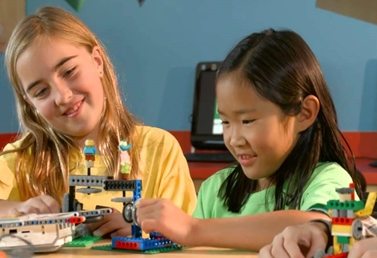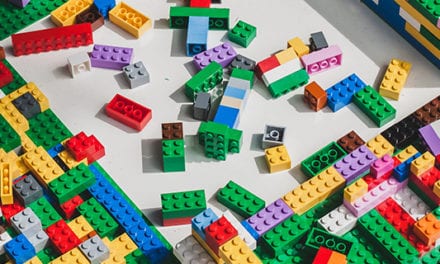Human achievement has been built in the real world — we learn from things we touch, see, experience and feel.
We all know children learn and build their brains through play and by interacting with the world around them.
We also know how much they love technology. But what if something drawn on a screen can become real?
3-D printers have become cheaper and easier to use, making them more available to even very young children at science camps, in classroom and in museums.
By conceptualising and experimenting with these printers, children can better understand STEM subjects (science, technology, engineering and math).
Better engagement:
When children use their hands and minds to build an object, concepts become real. Picture a student learning math through memorisation. Picture a different student designing the pieces of a building through 3-D modelling, printing these pieces on a 3-D printer, and arranging those blocks into a design.
Through that process, the child is counting, categorising, adding, analysing and problem solving. Which student is going to gain a better understanding of the math?
Build critical-thinking skills:
When kids learn 3-D modelling, they follow a cycle familiar to any engineer: design, prototype, test and redesign. As crazy as that candy-mountain spaceship may seem, it all began with a vision. Then pursued with problem-solving skills to stop, back up and try another solution to make it work.
And perhaps when something that seems like a great idea in theory doesn’t work out so well in practice, your child can identify the part of the design that isn’t right. Or, come up with a new design for the failed piece, successfully putting critical-thinking skills into practice.
Builds focus:
If that online puzzle is too difficult, it’s easy to give up and switch to an easier game. If a 3-D design fails, your child will be motivated to give it another try because of the effort that has already occurred.
The push forward will teach them failure isn’t the end — that it can actually be a step forward. It takes time and patience to build this skill, and some children seem catch on to this more easily than others.
Creativity can be applied in many fields. Hands-on designing and building can help children establish the skills and perseverance that are important to careers in the STEM fields.





